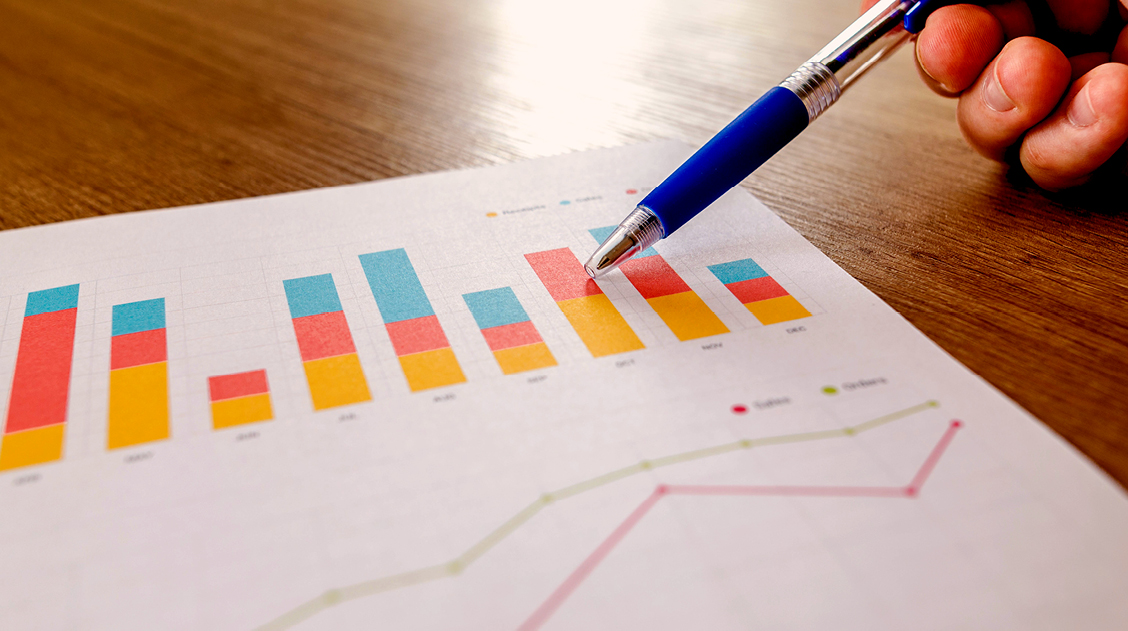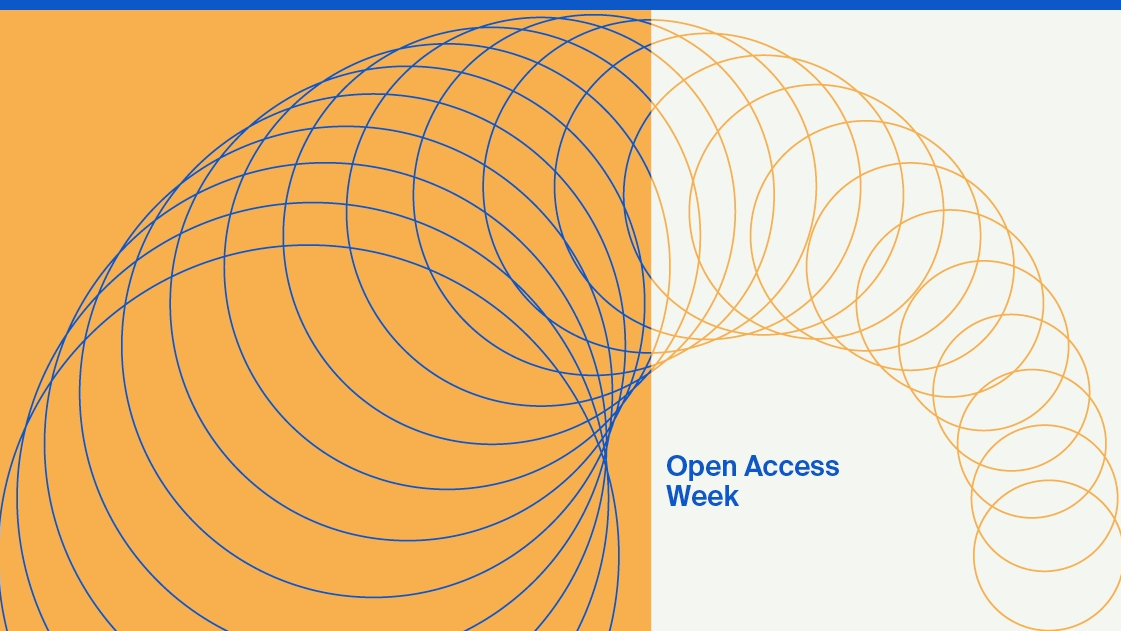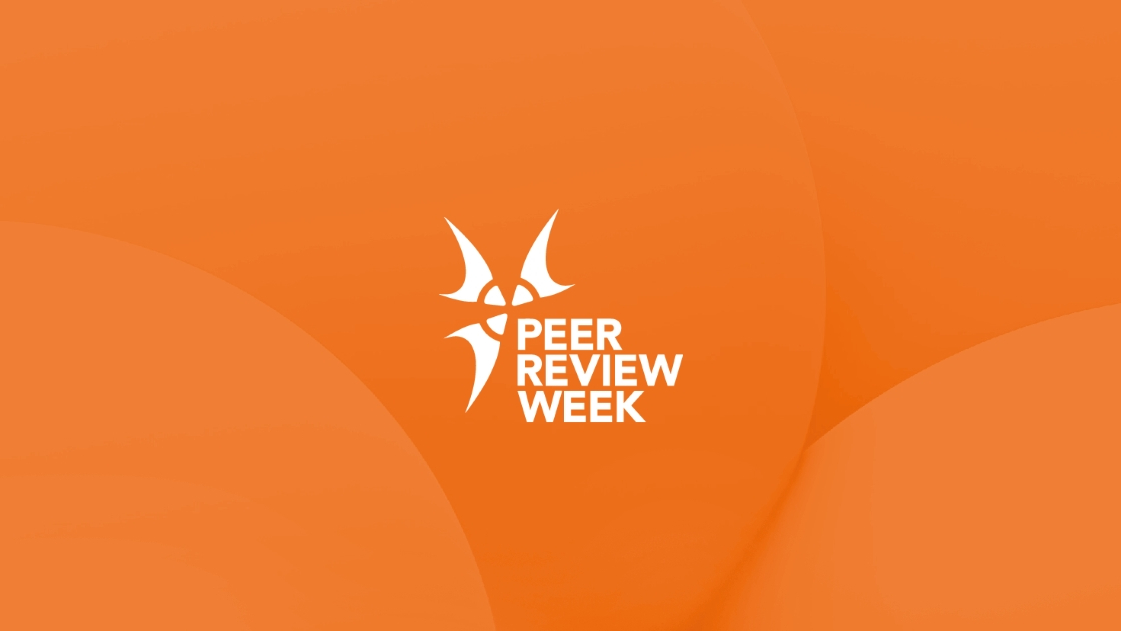
Citation Tracking and Metrics
We have introduced a few handy citation features for our publication platform at www.mdpi.com, and used this to calculate some basic citation metrics. Here we provide some information on citation tracking and citation metrics.
After implementing CrossRef CitedBy linking, we now display citations to an article directly on the abstract page (see here, for example). Citations to MDPI articles are highlighted with our blue open access logo, so readers can instantly see the open availability of these articles. We are currently also working on a database of scientific and scholarly articles through which we aim to label all open access articles given in the citations.
CrossRef CitedBy
The CrossRef CitedBy feature also allows us to display a list of the most cited papers for each journal. For our older journals, we offer the possibility to track highly cited papers from the last 6, 12, 24 and 36 months. An example can be seen by clicking the ‘most cited articles’ tab on the homepage of our flagship journal Molecules.
Citation tracking
Just as handy is the possibility to have search results from www.mdpi.com/search ordered by the number of times a paper has been cited, allowing quick analysis and calculation of impact metrics. For instance, we can calculate h-indexes and i10-indexes. The h-index (Hirsch-index) is a measure that tells us the number n of papers cited at least n times. The i10-index counts the papers that have received 10 or more citations.
Because both indexes tend to be higher the more papers are included in the calculation base and neither can fall over time, we also calculated relative indexes by dividing the index by the number of papers included in the calculation and multiplying by 100. Typically, h-indexes and i10-indexes are calculated for an author. However, they can also easily by calculated for an institute, a country, a subject discipline, a journal or an entire Publisher. The following two tables present the h-indexes and i10-indexes for papers we have published, by country and journal.
h-index
| By Country (*) |
Papers | h-index | Relative h-index | i10-index | Relative i10-index |
| USA | 7911 | 44 | 0.56 | 741 | 9.37 |
| China | 5332 | 36 | 0.68 | 342 | 6.41 |
| Germany | 2330 | 32 | 1.37 | 250 | 10.73 |
| Japan | 2210 | 29 | 1.31 | 179 | 8.10 |
| Italy | 2167 | 31 | 1.43 | 221 | 10.20 |
| Spain | 2015 | 26 | 1.29 | 162 | 8.04 |
| Switzerland | 879 | 22 | 2.50 | 68 | 7.74 |
| (All Countries) | 36480 | 66 | 0.18 | 3’348 (**) | 9.18 |
* Citation tracking based on CrossRef CitedBy data as of 28 May 2014
** This number can not be obtained from the search interface, as it is limited to display a maximum of 1000 search results.
Journal citation tracking stats
| By Journal (*) |
Papers | h-index | Relative h-index | i10-index | Relative i10-index |
| Molecules | 6162 | 46 | 0.75 | 795 | 12.90 |
| Sensors | 5340 | 48 | 0.90 | 783 | 14.66 |
| IJMS | 4807 | 42 | 0.87 | 541 | 11.25 |
| IJERPH | 2058 | 26 | 1.26 | 209 | 10.16 |
| Marine Drugs | 1171 | 33 | 2.82 | 232 | 19.81 |
| Energies | 1111 | 22 | 1.98 | 64 | 5.76 |
| Remote Sensing | 1100 | 19 | 1.72 | 101 | 9.18 |
| Entropy | 1082 | 18 | 1.66 | 60 | 5.55 |
* Based on CrossRef CitedBy data as of 28 May 2014










